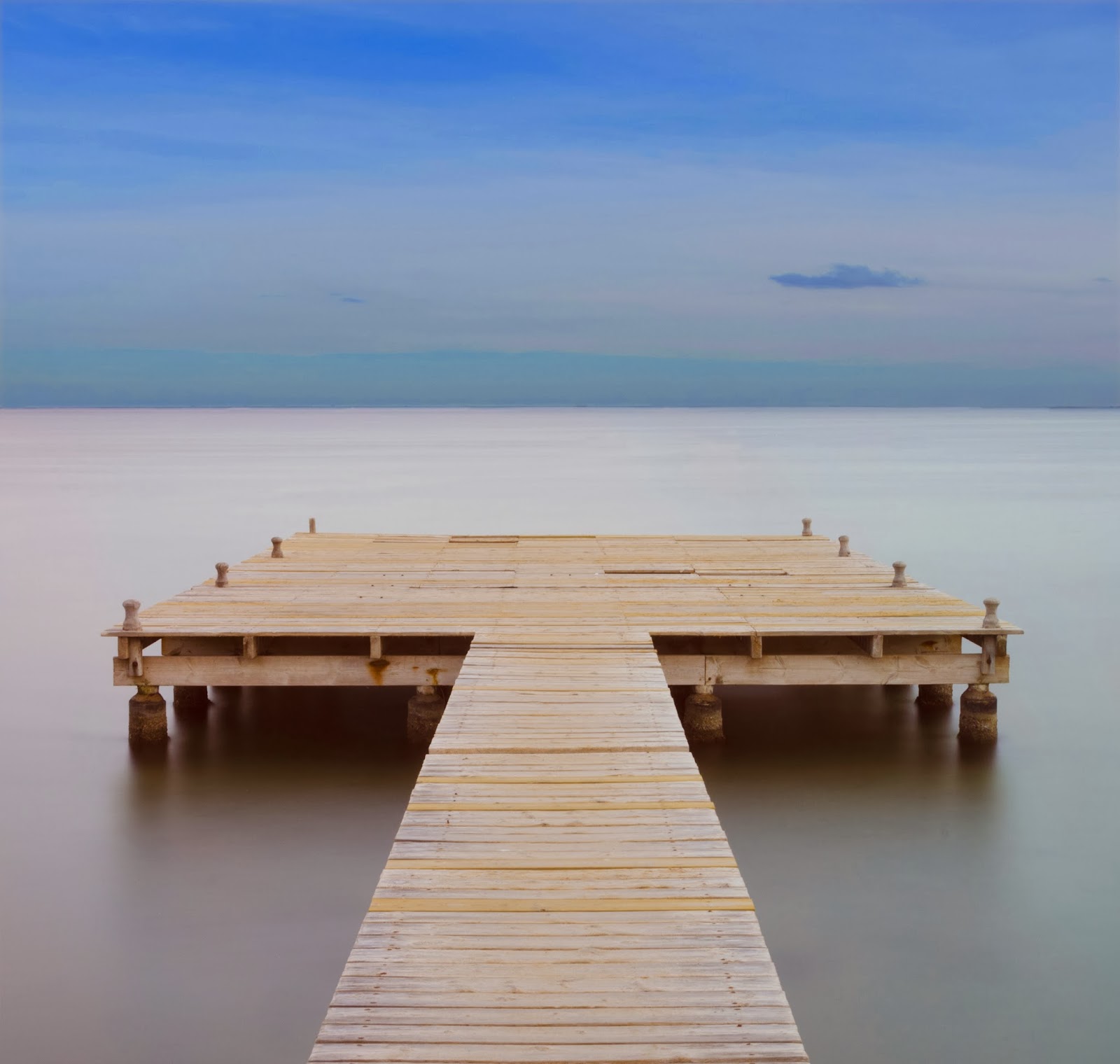My Photoshop skills with layers are not anywhere as good as Eric Curry's, so for a first off attempt I decided it was a "lets just take a single shot of a particular scene and see what happens".
The above image was taken at a local children's play area.
The idea was to set the camera on long exposure in darkness and light the scene with a torch.
This shot was a pre-cursor to the main trials, just to get a feel of what was required to produce a good shot.
Camera settings were ~ Shutter Speed of 30 seconds, an Aperture of f3.5, ISO set at 100 and a focal length of 30mm
I actually like this shot, it is well lit and quite sharp.
What I dislike about the image is that it is quite bright on the white board, probably a bit to bright and toning down of this area would be more preferable.
Attempt two......
This time I decided to try for a more technically challenging scene. A scene with more than one element and hopefully a chance to get a better composition.
Blaenavon has a local railway that's open for visitors on the weekends for steam train trips.
I decided to go to the train station and try to illuminate it at night with the tracks illuminated as well to produce a more compositionally pleasing image.
I took a number of images and then chose what I felt was the best one.
Below is the contact sheet for the images taken.
I decided that image DSC _1891 was the best one and converted it into a JPEG.
The final image can be seen below.
I think that compositionally this image works, it is well lit and bright.
The image was taken at F5.6 for 30 seconds at an ISO of 200. The lens used was a Tokina 11-16mm wide angle lens @ 16mm.
I personally think that the colours have been re-produced well with the correct white balance.
Can the image be improved?
Well the answer is yes, I think that I could have used a smaller aperture to bring more of the image in focus. Probably used a f stop of about f/11. I also think that including less sky would have helped.
I have decided that working with light may be the theme for my photo book, I have started reviewing other photographers that work or paint with light and I have many more ideas on what to do with both light and subject matter.


















.jpg)












